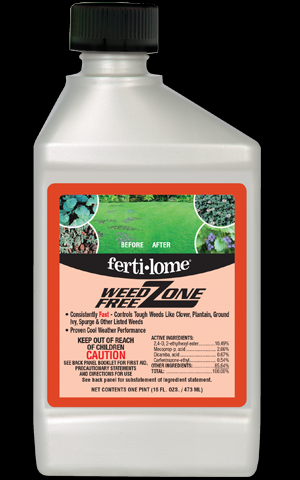Post-emergent herbicides are an essential tool for managing weeds in lawns, gardens, and agricultural fields. These herbicides are applied after the weeds have emerged from the ground, targeting specific weed species while minimizing damage to desirable plants. Knowing when to apply post-emergent herbicide is crucial for maximum effectiveness and minimizing negative impacts on the environment. Here are some key factors to consider when deciding the right time to apply post-emergent herbicide:

weed growth stage:
The growth stage of the weed is an important consideration when applying post-emergent herbicides. Most herbicides are most effective when applied to young, actively growing weeds. As weeds mature, they develop thicker cuticles and tougher tissues, making it more difficult for herbicides to penetrate and kill them. It is recommended to apply post-emergent herbicides when weeds are small and actively growing.
weather conditions:
Weather conditions play a significant role in the effectiveness of post-emergent herbicides. Herbicides are more effective when applied under favorable weather conditions, such as moderate temperatures, low humidity, and calm winds. Extreme heat, cold, or windy conditions can reduce the efficacy of herbicides and increase the risk of drift, potentially damaging desirable plants. It is important to check the weather forecast before applying post-emergent herbicides.
weed species:
Different weed species have different growth habits and life cycles, which can influence the timing of post-emergent herbicide applications. Some weeds are more susceptible to herbicides at specific growth stages, while others may require multiple applications for effective control. It is crucial to identify the weed species present and consult herbicide labels or local agricultural extension resources for specific recommendations on timing and application rates.
plant phenology:
Plant phenology refers to the study of plant life cycle events, such as bud break, flowering, or seed production. Understanding the phenology of both the weeds and desirable plants can help determine the best timing for post-emergent herbicide applications. For example, applying herbicides before the flowering stage of desirable plants can reduce the risk of herbicide drift and potential damage to beneficial pollinators.
prioritize early intervention:
Early intervention is key when it comes to weed management. Applying post-emergent herbicides as soon as weeds are detected can prevent them from spreading and competing with desirable plants for resources. Regular monitoring and early intervention can reduce the need for higher herbicide rates or multiple applications in the future.
follow label instructions:
It is essential to carefully read and follow the instructions provided on the herbicide label. The label provides specific guidance on the application rate, timing, and precautions to ensure effective and safe use of the product. Failure to follow label instructions can result in ineffective weed control or unintended damage to plants and the environment.
Applying post-emergent herbicides at the right time is crucial for successful weed management. Considering factors such as weed growth stage, weather conditions, weed species, plant phenology, and early intervention can help determine the optimal timing for herbicide applications. Always follow label instructions and consider seeking guidance from local agricultural extension resources for specific recommendations based on your region and weed management goals. And, as always, we are always available to answer in questions you may have about your lawn needs!

